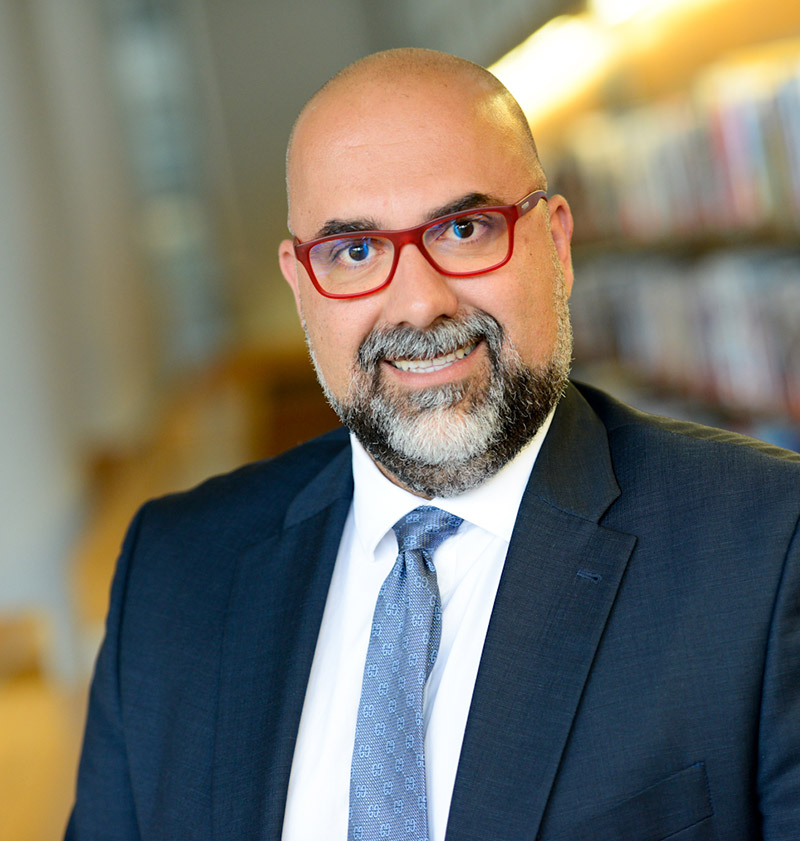In this particular health context, the professors-researchers have collectively achieved a successful year in terms of producing impact research. This is the concrete result of a new financial orientation since 2018.
RESEARCH DEPARTMENT

Emilios GALARIOTIS
DIRECTOR OF RESEARCH
110
the number of research articles published in 2020

2020 was a peculiar year. How was it felt in your division?
2020 was primarily a year of many challenges. Forced by the health crisis, we succeeded in moving all our activity on-line (research seminars, research directory meetings, events, etc.). Because COVID-19 also had an impact on research productivity in the short and medium term, we supported our teaching staff, especially its younger members, by proposing on-line training to them, by offering them a wealth of on-line encounters with affiliate professors and by lending our backing to the opportunities they had to reinforce their networks. Despite the difficult situation, Audencia witnessed its best year in terms of research and funding performance. Regarding public funding, this was the result of the strategy we initiated in late 2018 to support such efforts and offer quality training. In total, in 2020, we published 110 articles with 74 others on their way. By way of comparison, on average we published 70 articles per year over the last 5 years. This increase in quantity was also accompanied by an increase in quality, because 59% of the articles published in 2020 were level 3* or higher in the C-ABS list and Category 2 or higher in the CNRS and FNEGE lists. In the previous five years, this figure had “only” totalled 47% on average. It is a remarkable result which can partially be explained by the new way we have deployed the research budget since late 2018, but also and especially thanks to the wonderful work of the teaching staff and the excellent production of higher impact research. Well done to everyone!

AUDENCIA 20-20 – What is your assessment of the previous strategic plan?
The previous strategic plan demanded that research gain strength and influence within but also outside the alliance, as well requiring development of new sources of funding to reach approximately 50% of self-financing for research. It also called for creation of a chair in the domain of funding and to increase the number of guest professors in the same field. It required strengthening of the Affiliate International Faculty in priority domains, to develop and reinforce impacts in various fields and to nurture the DBA as a source of funding for doctoral studies. Most of these objectives were accomplished or will soon be achieved. Research was strengthened as explained above and funding was also strengthened thanks to the chairs and contracts with private sources, as well as financing at regional, national and European level; The faculty received three series of different training courses for public funding and the research laboratory, supported them in their quest for such funds and a request for assistance was issued by the faculty for management of certain funds. As a result, in 2020, we reached the figure of 2 million euros worth of funding and research contracts, while the chairs also bolstered themselves and the objective of 50% self-funding was achieved at a rate of approximately 90%.
AUDENCIA
STRATEGIC
PLAN
ecos 2025
IN CONCLUSION
WHAT WORD WOULD YOU USE TO DEFINE YOUR VISION FOR AUDENCIA’S NEW STRATEGIC PLAN?
IMPACTFUL
in relation to the impact that it will have on our future!


